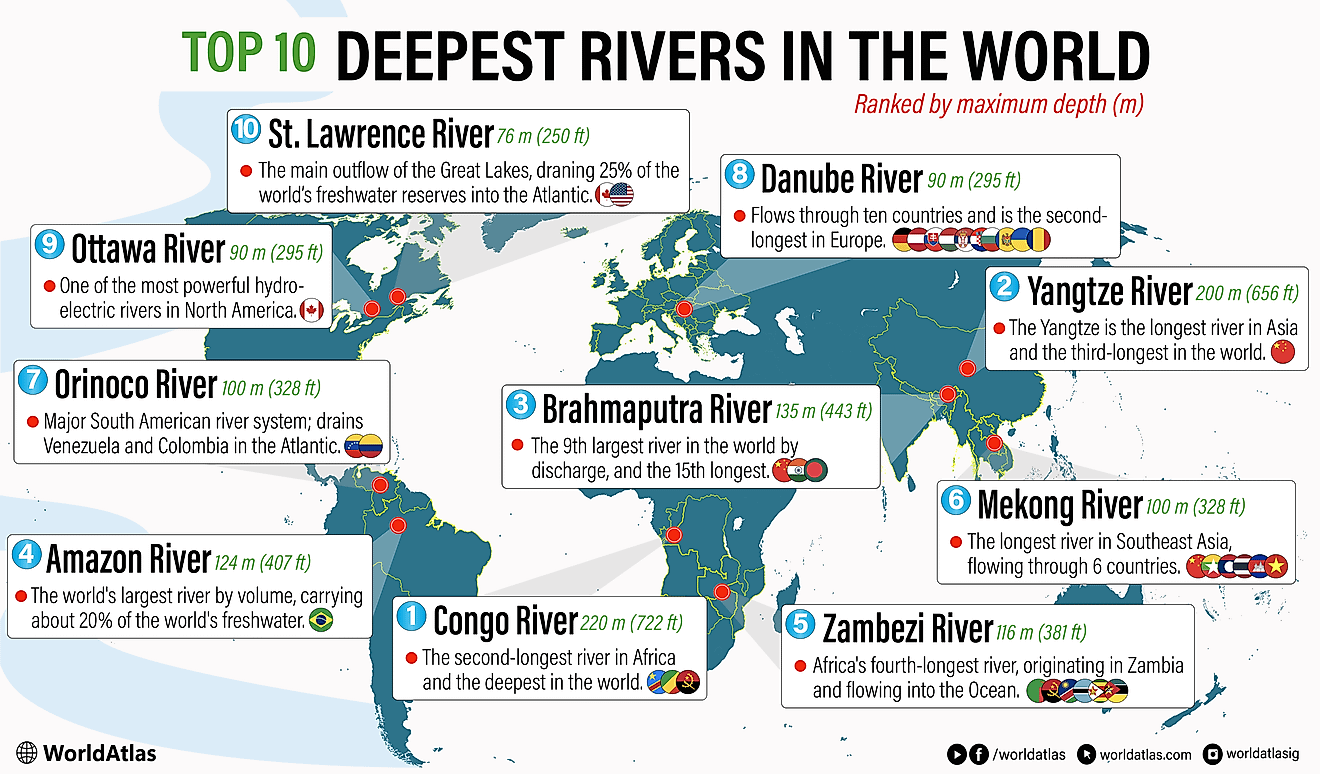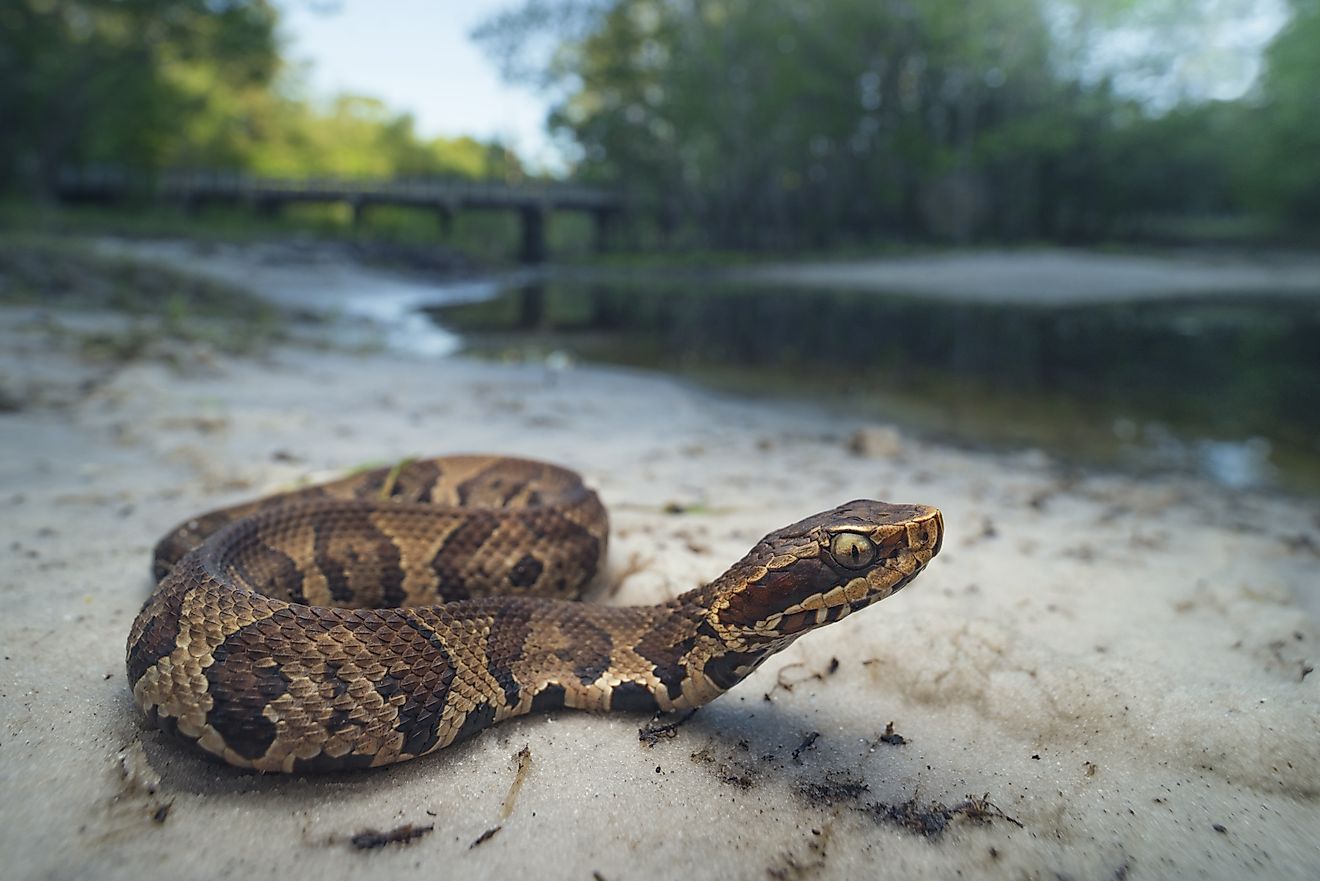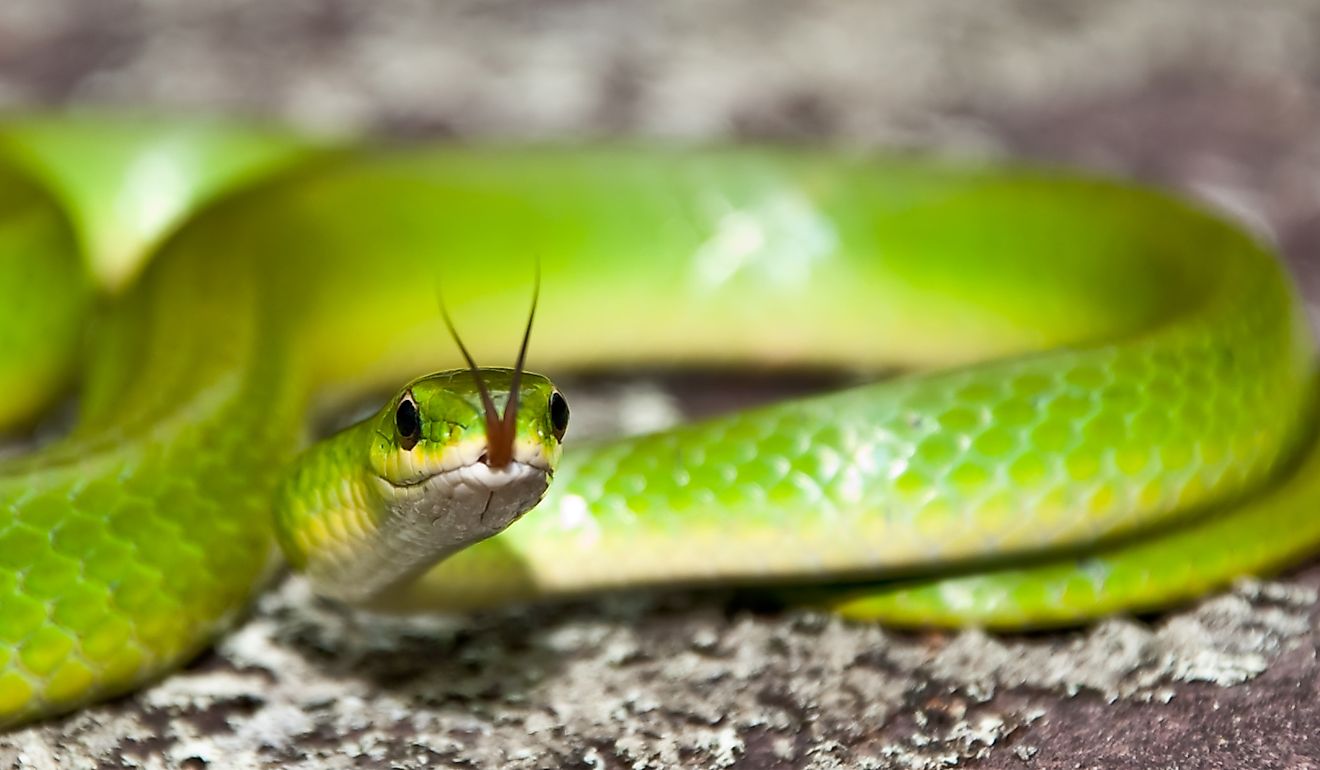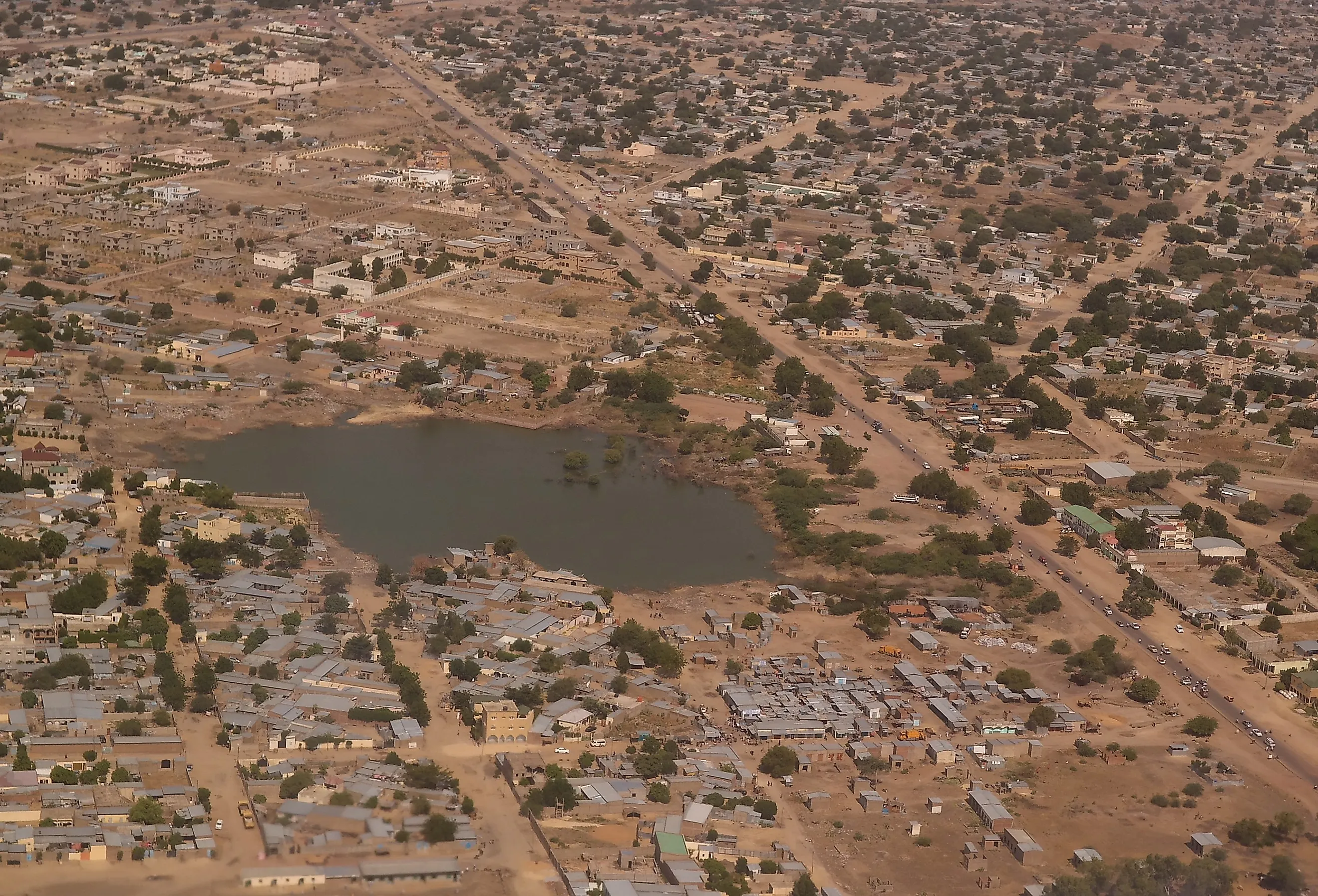
Chari River
The Chari River is a vital river located in Central Africa. It has a total length of more than 800 miles and spans three countries; Cameroon, Chad, and Central African Republic. Testament to this, the river is vital for the local wildlife and environment, as well as many industries. Moreover, the Chari River is the main source of water for the massive Lake Chad, one of Africa’s largest and most important bodies of water. Take a closer look at the Chari River and how it supports thousands of people and animals throughout Africa.
Source Of The Chari River
The Chari River’s journey begins from the Bahr Aouk River along the Chad-Central African Republic Border. In a primarily flat area of land, the Chari branches out from the Bahr Aouk and begins its journey by moving south from the border. That being said, the Bamingui is often considered the primary headstream for the Chari River, although its path begins from the Bahr Aouk. Within a few miles from here, the river takes a turn to the northwest and begins its journey in this direction toward the Manda National Park. At its source, the river is much smaller and has a slower water flow due to the lack of supporting tributaries.
Course and Basin Of The Chari River
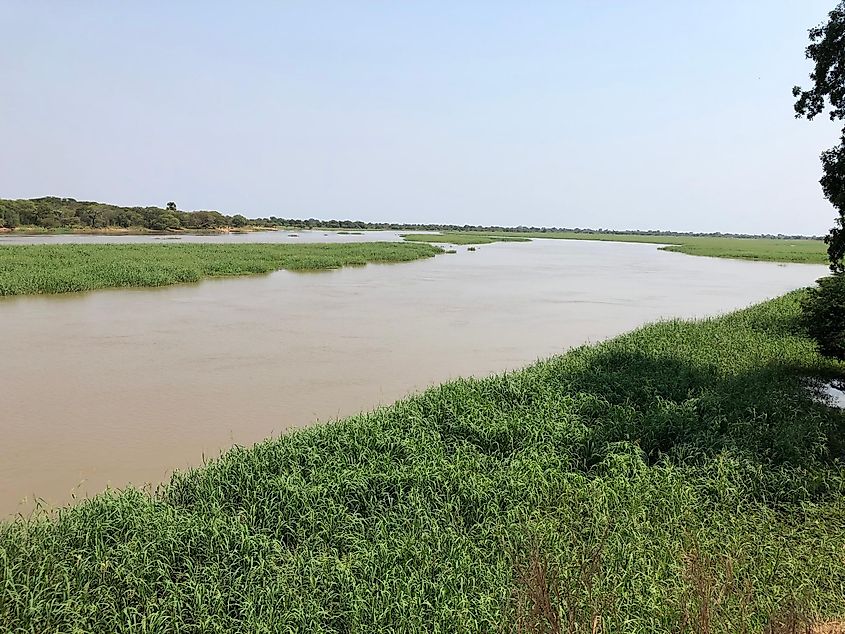
Following its source from the Bahr Aouk River, the Chari River takes a northwestern path toward the Manda National Park. In total, it covers a distance of 870 miles (1,400 km) through the country of Chad. Initially quite small and slow, due to the lack of a supporting river, the Chari River gradually gains in water flow thanks to multiple tributaries. One of the most important is the Logone River, which joins the Chari just before Manda National Park. This river provides the majority of water flow for the Chari and is vital in increasing its size. Following this, the Chari River continues to move northwest through Chad and is met with multiple other minor tributaries such as the Bahr Sah, Bahr Salamat and Bahr Kéita. After crossing the Manda National Park at about half the river’s distance, the Chari’s primarily straight path begins to meander slightly, causing repeated splitting and joining of multiple smaller streams. That being said, apart from minor shifts, the river continues to move northwest through sparsely populated regions until finally reaching the major city of N’Djamena in Chad. From here, it charts a route north for approximately 35 miles until reaching its mouth at Lake Chad.
With its immense path and various tributaries, the Chari River has a large basin that impacts Chad and nearby countries. Specifically, the basin spans Cameroon, Chad, and Central African Republic with a total area of 211,872 sq. miles (548,747 sq. km.). Moreover, the river also has a strong flow of water at N’djamena, which has been calculated to reach a maximum of 171,134 cubic feet/s (4846 cu. m/s).
Climate Of The Chari River
Although the altitude and conditions do not vary immensely, due to the Chari River’s length, the climate across the river shifts noticeably. However, as the majority of civilization is located near the mouth of the river, it is easier to ascertain the climate conditions near Lake Chad and the city of N’Djamena. Accordingly, the Chari River is located in a hot semi-arid climate (BSh) according to the Koppen Climate Classification. This indicates variable temperature conditions with a long dry season and a short wet season. Thus, the hot season here lasts for 2.5 months from March to May and average temperatures range from lows of 73°F to highs of 105°F. On the other hand, the cold season is comparatively shorter spanning 2 months from July to September with average lows falling to 60°F. The best time to visit the Chari River is between November and March, during which time temperatures are ideal for outdoor activities.
In terms of precipitation, the Chari River sees an average of 17.8 inches (452 mm) of rainfall per year. This is primarily seen in the wettest month of August, which gets approximately 6 inches of rain each year. Precipitation along the Chari is only seen in the form of rain as temperatures never fall low enough for the formation of snow.
Flora & Fauna In The Chari River
Testament to its length, basin size, and connection to the major Lake Chad, the Chari River is vital for local flora and fauna. The river not only provides a habitat for marine animals, but it also protects against soil erosion--necessary for many land animals and plant species. When it comes to plant life, the Chari River and surrounding bodies of water are filled with species of acacias, baobab, palms, and more. Furthermore, visitors can find many economically valuable plants such as water lilies, ambatch, and papyrus which are used in various industries globally. As such, the surrounding plant life has diminished gradually in the past few decades due to the erosion of Lake Chad.
The Chari River’s animal life, however, is still considered to be a rich ecosystem that thrives even today. The river, along with Lake Chad, is home to more than 100 species of fish that are native to the region. Some of the most prominent species are the False Upside-down Catfish, Dembea stone lapper, pebbly fish, and Garra quadrimaculata. Moving out of the water, you can spot a range of amphibious animals such as frogs, crocodiles, pythons, etc., as well as birds like the ostrich, Nubian bustard, and more. Overall, the Chari River and its surrounding bodies of water are a treasure trove for animal and plant life.
Economic Importance of the Chari River
When it comes to economic significance, the Chari River is a prominent location for the local fishing industry. With its rich marine life and woodland surroundings, the river makes for an ideal fishing location for many local fishermen. This industry not only supports many small communities along the river, but fish from here are also exported to other regions in Africa. As of today, the Nile perch is one of the most prized fish in the Chari River. In addition to the fishing industry, the Chari River is also significant as it is Lake Chad’s main water source. Not only does the lake provide water for agriculture and forestry, but it is also important for transportation and livestock in Chad.
The Chari River is a beautiful body of water that cuts through almost the entirety of Chad. With a basin size of more than 200,000 sq. miles, it affects multiple countries in Africa and is a vital source for flora, fauna, and many industries. Parallel to this, the Chari River is also the primary source of water for Lake Chad, one of the largest lakes in Africa. With so much to offer, the Chari River is worth a visit! However, be sure to plan your trip accordingly as summer months can get quite hot along the banks!









